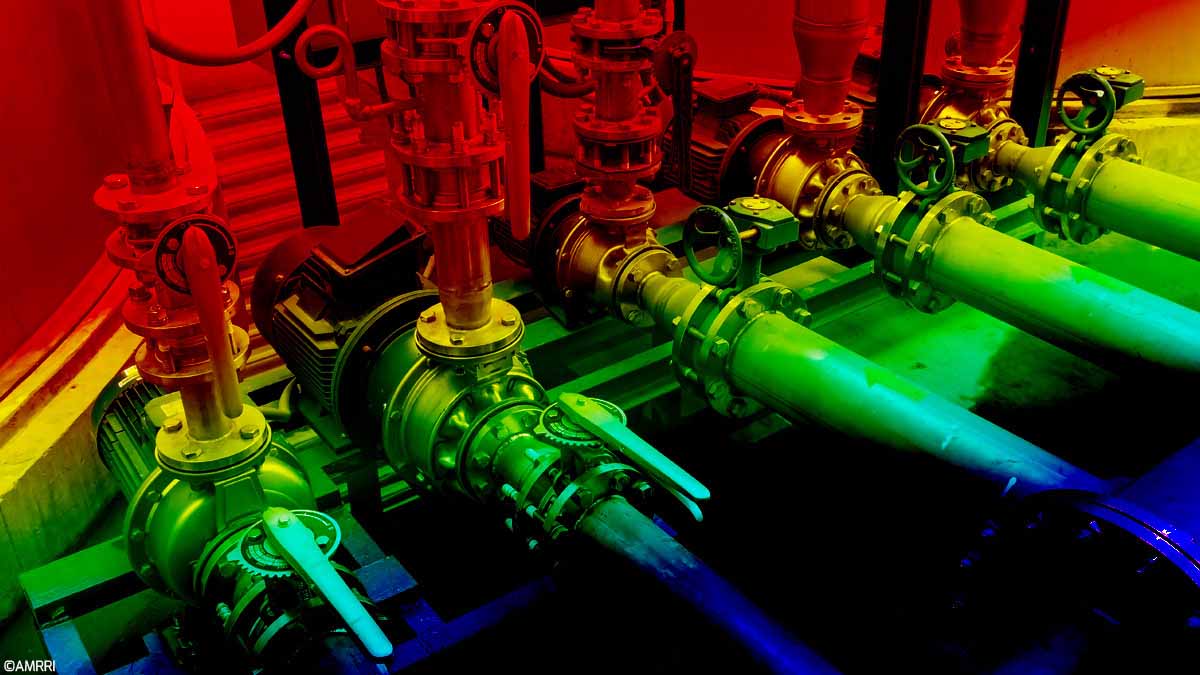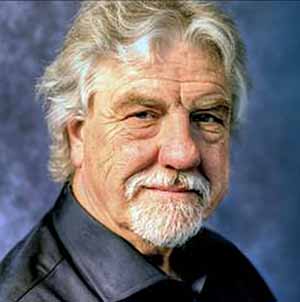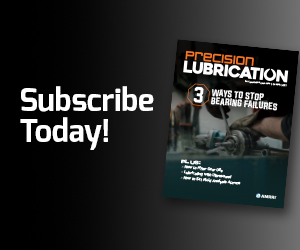Making sense of any production or maintenance workflow, process, or procedure requires a textual map in the form of a diagram, visual representation, or an ordered text list that shows or describes the relative position of the parts of something. Maintenance teams already use many different forms of maps in their day-to-day activities.
For example, machine drawings and schematics visually map out the relative connectedness of the machine’s components and depict how they work within a system, assembly, or sub-assembly.
Cartographic maps help maintainers find machinery in different locations within a plant, site, or city. The PM-work-order checklist maps out an ordered step-by-step work instruction required to perform a job task consistently.
As the American singer/songwriter Jimmy Buffett observed, “Without geography, you are nowhere!”
What Is Machine Mapping?
Machine Mapping (MM) is defined as the practice of:
- Identifying, classifying, and charting the physical location of all machine consumables and regular replacement items. These can include all filters, breathers, lubricants, transmission belts, pulleys, transmission chains, sprockets, fuses, etc.
- Identifying machine access points for calibrations, adjustments, consumable checks, and replacement work. For example, removable guarding, lubricant fill and drain ports, reservoir clean-out doors, and machine access doors. This will also include the identification of potential hazards, confined spaces, and if access requires the machine to be shut down and isolated.
- Identifying and charting out all predictive maintenance monitoring points. This can include all vibration point locations and all oil analysis sampling point locations.
- Identifying all lubrication system pumps, reservoirs, and delivery points found on each machine to facilitate an end-user lubrication regime.
- Identifying all data collection points that can include meters, gauges, “tell-tale” devices
- Identifying all lockout/tagout (LOTO) locations.
Machine mapping is a fundamental building block essential to any precision-maintenance or best-practice asset-management program. Although not common practice in modern-day plants, machine mapping was first used by the textile industry in the 19th century.
Benefits Of Lubrication Mapping
Where asset reliability is concerned, machine mapping is an important exercise involving the planner, maintainer, and operator working to review each machine individually.
This kaizen-styled activity not only serves to “map” a machine in its current state, locating all of its maintenance elements, but it is also an excellent opportunity for maintenance and production to work as a team for the benefit of the machine by tagging any possible problems and documenting potential improvement areas.
For example, Fig. 1 shows the underside of a rotary casting machine where a manual grease pump is located. This is a restricted area and indicates that operating the grease pump while the casting machine is running is too dangerous.
The situation required operations personnel to stop production before entering the area to pull the grease pump handle or fill the pump reservoir.
A machine-mapping exercise recommended that the pump immediately be moved outside the restricted area to eliminate maintenance-caused downtime and later be updated with an automated pump to lubricate the machine more consistently and efficiently.

Figure 1. Underside of a rotary casting machine where a manual grease pump is located. This is a restricted area, which indicates that it’s too dangerous to try to access and operate the grease pump while the casting machine is running. (Source: EngTech Industries, Inc.)
Machine mapping is an inexpensive and highly cost-effective initiative that supports best-practice maintenance and delivers the following benefits:
- Provides an intimate, documented “as built” photo essay and location schematic(s) of each machine’s preventive and condition-based maintenance points that can be used to build relevant PM job tasks and work instructions.
- Builds relevant consumable-machine-parts lists that result in:
- the correct parts choice that can be used to set up a vendor-managed inventory (VMI) approach
- reduced inventory costs
- reduced inventory real-estate requirements
- reduced purchasing and handling costs
- Facilitates training and rapid assimilation of new hires to perform preventive maintenance in a consistent and correct manner
- Supports operator-based maintenance and training in Total Productive Maintenance (TPM) environments. Mapping diagrams can be posted by each machine on a mapping board or be made part of the relevant PM work order.
- Enables the development of efficient PM routing to increase “wrench-time” effectiveness.
- Give the planner an intimate understanding of the machine’s systems.
- Serves as an excellent framework from which to build relevant machine PM checklists.
Implementing A Machine Mapping Initiative
Implementing your machine-mapping initiative is a three-step process.
STEP 1
Build a list of machines to be mapped and obtain a geographical location map for each asset. From this, a workable mapping schedule/timetable can be devised.
Hint: if multiples of similar machines exist, start the mapping process with them. After the first machine is mapped, a replicable blueprint is in place that will allow the remainder of similar machines to be mapped very quickly.
STEP 2
Develop a data-gathering form and standardized process to document and collect the data for each machine. You will need a digital camera and a machine marker to complete the data collection.
Begin by gathering up as much information possible about a chosen machine’s maintenance systems and current maintenance requirements by collecting the following for each machine or machine type/group:
- Machine mechanical and electrical engineering drawings (engineering department)
- Lubrication schematics (engineering department, Operations & Maintenance manuals)
- Machine Bill of Material (BOM) lists (asset management work order system)
- Vibration-monitoring-route plans (maintenance planning department–these identify critical bearing point locations, engineering department)
- Oil-sampling route plan (maintenance planning department, engineering department)
- Machine-inventory list (asset management work order system)
- Lubricants (oil and grease) purchase list (stores or purchasing department)
- Consumables or regularly replaced items noted on PM work orders (stores or purchasing department and work-order system reports).
Note: If contractors previously completed PM work, they should be approached to assist in mapping. And they should be expected to provide this service at no charge.
STEP 3
Start the mapping process with your first machine.
The Return on Your Investment
Once machine mapping has been completed, the maintenance department has a unique and desirable library of maintenance documentation. It also has a strong understanding of each machine under its care. In turn, this invaluable information and knowledge can be referenced by the planner for all future work.
This article was originally published in The Ram Review.









